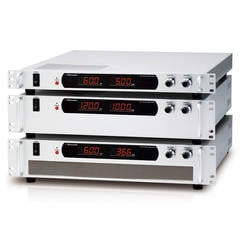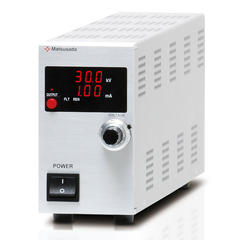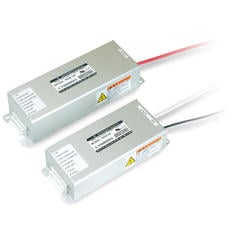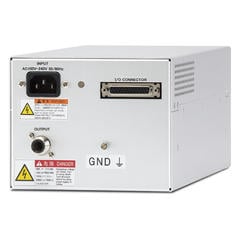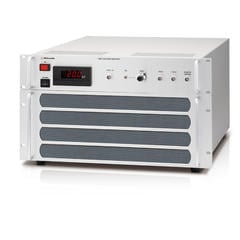Ultrafine fibers are defined as fibers finer than silk and are also called nanofibers. In addition to conventional thermoplastic polymers, ceramic nanofibers such as alumina, zirconium oxide, and titanium oxide are also being produced. Nanofibers are used in a wide range of fields, such as filters, high-performance masks, protective clothing, and regenerative medicine.
One of the methods of nanofiber production is electrospinning. Electrospinning can be used to spin various materials, such as polymers, into nanofibers. Electrospinning can produce ultra-fine fibers with diameters of 50 to 500 nm and is characterized by its easy operation.
In electrospinning, a polymer solution or molten polymer is placed in a syringe, and the polymer solution is injected while applying a high voltage. When the applied voltage exceeds a certain threshold, the electrostatic repulsive forces within the polymer solution overcome its surface tension at the tip of the syringe. This results in the ejection of a continuous jet of charged material. By accumulating these jets, ultra-fine polymer fibers are formed.

DC high-voltage power supplies with positive polarity output of about 10 kV to 30 kV can generally be used. Depending on parameters such as the polymer solution used, the desired fiber thickness, and the deposition rate, different power supply configurations may be necessary. These can include higher voltages (50 kV or more), power supplies with negative polarity, or even high-voltage amplifiers.
Matsusada Precision has extensive experience in providing high-voltage power supplies for electrospinning applications. Please contact our sales office for details.
Matsusada Precision offers a range of high-voltage power supplies ideal for the electrospinning process.
Academic paper on electrospinning featuring Matsusada Precision's high-voltage power supply
- Related words:
-
- electrospinning
- polymer
- ultrafine fiber
- covid-19
- N95
- Mask
Recommended products
Matsusada Precision provides high-voltage power supplies that are applied during polymer injection.



